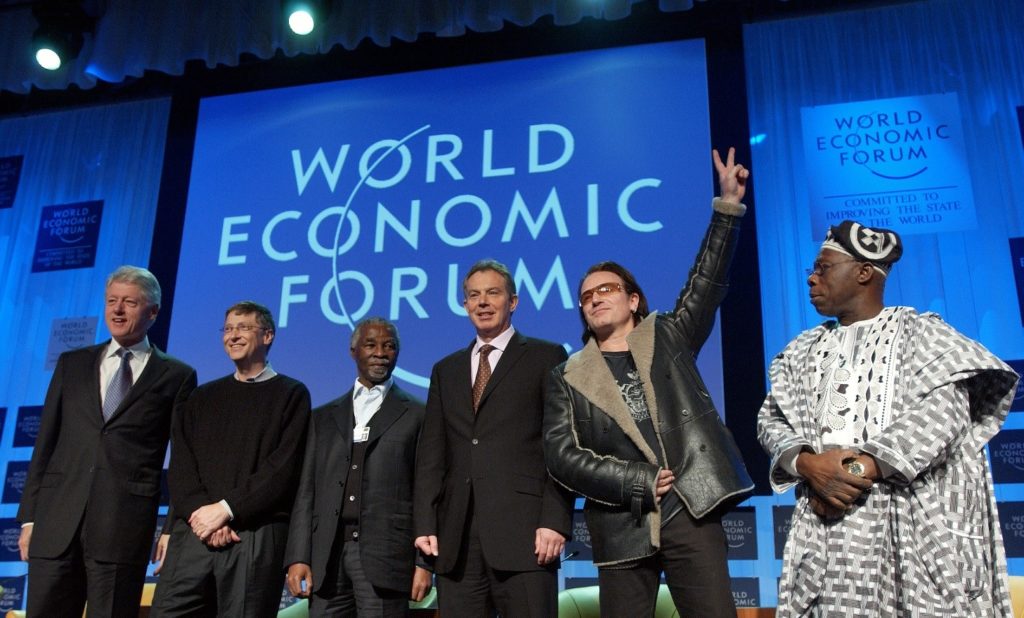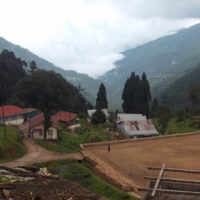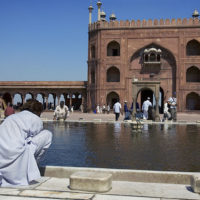GENEVA – The World Economic Forum (WEF) has generated its Global Competitiveness Index for 40 years. According to the WEF, “the report shows that those countries which integrate into their economic policies an emphasis on infrastructure, skills, research and development, and support those left behind are more successful compared to those that focus only on traditional factors of growth.”

The report is significant because it measures 12 pillars of productivity that ultimately affect the well-being of all residents of the 141 countries surveyed. As assembled, the data reflects current status and trends in more detail than macro stats like GDP indicate. Each pillar represents basic requirements that developing countries need to address first.
The WEF recommended that South Asian nations focus on growing their skill base, enhancing worker rights protections, and promoting opportunities for women.
Following is an overview of the report’s findings relative to India, Pakistan, and Bangladesh, the three largest economies in South Asia, and their rank among the 141 countries covered by the report.
- Security, property rights, social capital, checks and balances, transparency and ethics, public-sector performance, future orientation of government, and corporate governance.
India – 76, Pakistan – 107, Bangladesh – 109 - Quality and extension of transport infrastructure (road, rail, water, and air) and utility infrastructure (electricity and water).
India – 98, Pakistan – 105, Bangladesh – 114 - The degree of diffusion of specific information and communication technologies.
India – 120, Pakistan – 131, Bangladesh – 108 - The level of inflation and the sustainability of fiscal policy.
India – 43, Pakistan – 116, Bangladesh – 95 - The average number of years a newborn can expect to live in good health.
India – 110, Pakistan – 115, Bangladesh – 93 - The general level of skills of the workforce and the quantity and quality of education.
India – 107, Pakistan – 125, Bangladesh – 117 - The extent to which a country provides an even playing field for companies to participate in its markets.
India – 101, Pakistan – 126, Bangladesh – 119 - The flexibility of the labor market, namely, the extent to which human resources can be reorganized and “talent management,” namely, the extent to which human resources are leveraged.
India – 103, Pakistan – 120, Bangladesh – 121 - The depth, namely the availability of credit, equity, debt, insurance, and other financial products, and the stability, namely, the mitigation of excessive risk-taking and opportunistic behavior of the financial system.
India – 40, Pakistan – 99, Bangladesh – 106 - The size of the domestic and foreign markets to which a country’s firms have access.
India – 3, Pakistan – 29, Bangladesh – 36 - The private sector’s capacity to generate and adopt new technologies and new ways to organize work, through a culture that embraces change, risk, new business models, and administrative rules that allow firms to enter and exit the market easily.
India – 69, Pakistan – 52, Bangladesh – 121 - The quantity and quality of formal research and development; the extent to which a country’s environment encourages collaboration, connectivity, creativity, diversity, and confrontation across different visions and angles; and the capacity to turn ideas into new goods and services.
India – 35, Pakistan – 79, Bangladesh – 105
Overall, India ranked 68th, a decline of 10 positions since the previous report, but high enough to still rank in the top 50 percent. Pakistan ranked 110th, a drop of 3 spots from 2018. Bangladesh finished at 105th place, a loss of 2 positions.
It is important for followers of Missions Box News to understand the complexity of factors enabling or hindering growth and well-being of South Asian economies and the resultant well-being and potential for the well-being of their populations.
To read more news on South Asia on Missions Box, go here.
Sources:
- India Today, India’s rank slips on global competitiveness index to 68th place, among worst-performing BRICS nations
- World Economic Forum, Global Competitiveness Index 4.0
- World Economic Forum, What exactly is economic competitiveness?
Image Source:
- World Economic Forum [CC BY-SA 3.0]




